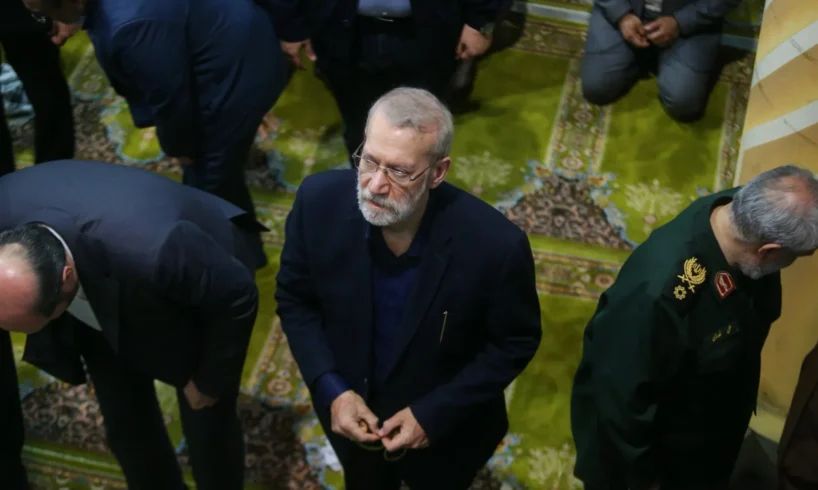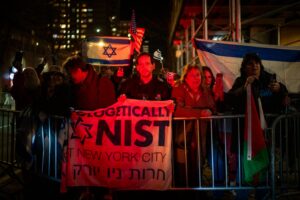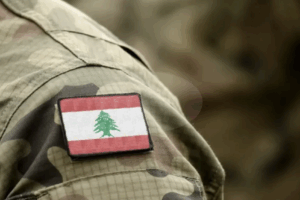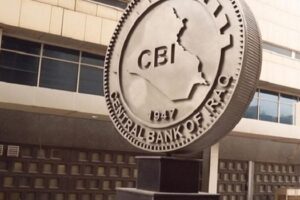
Shafaq News
Amid one of Iran’s most volatile political junctures in
years, Ali Larijani has reclaimed a powerful post that fuses security and
strategy at the highest level of statecraft.
In August 2025, President Masoud Pezeshkian appointed him
Secretary of the Supreme National Security Council (SNSC) — a position that
commands Iran’s most sensitive portfolios, from nuclear negotiations to
decisions of war and peace.
More than an administrative reshuffle, Larijani’s return
signals a recalibrated power dynamic within the Islamic Republic. It reflects
an internal pivot from ideological brinkmanship toward strategic discipline, as
Tehran recalculates its regional posture after the latest war with Israel.
Once the architect of Iran’s nuclear diplomacy and a voice
of calculated pragmatism within the system, Larijani steps back into the
spotlight amid a climate of post-conflict fatigue and institutional reckoning.
His reappointment underscores the leadership’s desire for seasoned crisis
management at home and controlled engagement abroad.
A Strategic Balancing Act
Larijani’s comeback coincided with a broader narrative of
“realigning national security priorities” following the 12-day military
escalation with Israel. The war exposed deep fractures within Iran’s security
apparatus and eroded the influence of hardliners previously entrusted with
managing critical files.
For domestic audiences, Larijani embodies technocratic
stability. For foreign capitals, his reappearance signals that Iran still sees
diplomacy — not escalation — as a viable path, even while preserving its red
lines.
Veteran analysts agree that the decision came from the top.
While Pezeshkian’s appointment formalized it, the true architect of Larijani’s
return is Supreme Leader Ayatollah Ali Khamenei. As with all strategic national
appointments, the SNSC post required — and received — the Leader’s blessing.
Despite being barred from presidential races in both 2021
and 2024 by the Guardian Council, Larijani remains one of Khamenei’s most
trusted advisors — a figure repeatedly summoned in moments of national
uncertainty.
Never Fully Gone
Larijani’s return is less a resurrection than a
reinstatement. He has belonged to the tight inner circle of “state men” — those
whose influence persists regardless of formal title. His career spans Iran’s
military, media, and political establishments, beginning with his service in
the Revolutionary Guard during the Iran-Iraq war.
In the decades since, Larijani helmed Iran’s state
broadcasting service, led the SNSC under President Mahmoud Ahmadinejad, and
presided over parliament for more than ten years. Despite setbacks, his
institutional reach never fully receded.
Few figures in Iran’s establishment possess Larijani’s blend
of ideological credentials and bureaucratic experience. The son of a prominent
Qom cleric and a scholar of Western philosophy, he bridges clerical legitimacy,
strategic intellect, and operational fluency.
Clash and Consensus
Larijani’s tenure at the SNSC during the Ahmadinejad era was
marked by open conflict. He frequently challenged the president, subpoenaed
ministers, and presided over the first-ever parliamentary hearing of a sitting
head of state. As speaker of parliament, he was a decisive force behind the
2015 nuclear agreement, pushing the deal through against fierce conservative
resistance.
That pragmatism came at a cost. Hardliners branded him as
overly conciliatory toward the West — a charge that likely contributed to his
disqualification from presidential races. Yet critics at home also question his
performance in key government roles and accuse his family of monopolizing state
power. In 2009, TIME described the Larijanis as “Iran’s Kennedy family,” noting
that five brothers held senior state positions. His brother Sadeq led the
judiciary and now chairs the Expediency Council; others serve across diplomatic
and judicial bodies.
Despite these criticisms, Ali remains the most prominent
among them — a veteran negotiator with the rare ability to converse in both the
IRGC’s hard-edged dialect and the language of international diplomacy.
A Measured Posture
Why Larijani? According to analysts in Tehran, Iran doesn’t
face a crisis of legitimacy but a management crisis. With external pressure
mounting and internal fissures widening, the leadership seeks figures fluent in
the logic of deterrence, yet capable of managing confrontation with restraint.
Larijani fits that profile. He advocates “peace from a
position of strength,” affirming Tehran’s unwavering commitment to its nuclear
program and regional alliances, while avoiding open confrontation. When Western
officials floated the idea of renewed sanctions, Larijani warned Iran could
reassess its participation in the Non-Proliferation Treaty — yet emphasized
that “diplomacy remains the most effective path to avoid conflict.”
This dual-track messaging — strategic defiance laced with
diplomatic caution — exemplifies Iran’s evolving posture: assertive, but not
reckless.
Regional Moves
Since assuming office, Larijani has moved quickly on key
regional files. In Baghdad, he worked to reset border security cooperation amid
escalating tensions. In Beirut, he reaffirmed Tehran’s commitment to Hezbollah,
declaring, “Iran needs Hezbollah as much as Hezbollah needs Iran” — a pointed
message delivered in a more calibrated tone.
While rejecting any discussion of disarming Hezbollah, he
also struck a conciliatory note with Lebanese officials, underscoring Iran’s
respect for Lebanese sovereignty and the necessity of resolving disputes
through internal dialogue.
These carefully worded statements reflect a broader doctrine
of what some analysts call “revolutionary realism” — an effort to retain
influence without provoking full-scale conflict, particularly in a region still
reeling from war and economic instability.
A Tactical Reset
Within Tehran’s political elite, Larijani’s reappointment is
not viewed as routine. It is a calculated strategic pivot — a decision to
stabilize the domestic front and recalibrate Iran’s international stance
through a more flexible, disciplined approach.
From his new post, Larijani is expected to reshape Iran’s
external alignments and reassert its role in the regional order, all while
tightening internal coordination. His return suggests a deliberate shift toward
quiet diplomacy and strategic deterrence — politics conducted with restraint,
and wars waged with words.
At a time when the region teeters between escalation and
recalibration, Larijani may well serve as the architect of Iran’s next phase —
one that seeks to rebuild power through patience, not provocation.
Written and edited by Shafaq News staff.





